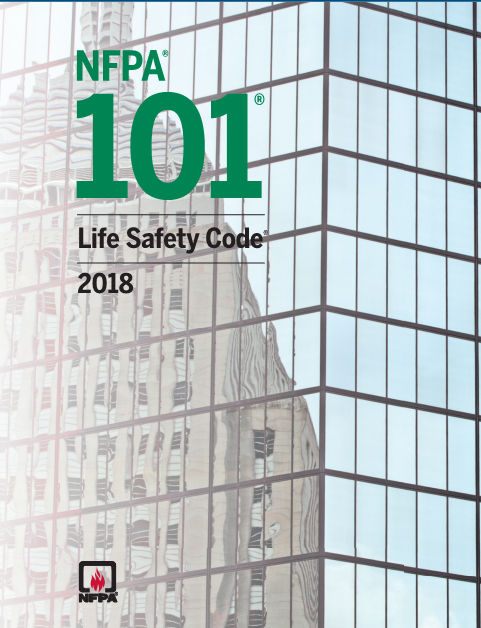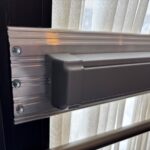 This question just hit my inbox, and believe it or not, I remember wondering the same thing myself about 25 years ago (if only we had iDigHardware back then!):
This question just hit my inbox, and believe it or not, I remember wondering the same thing myself about 25 years ago (if only we had iDigHardware back then!):
When applying NFPA 101 – Life Safety Code, how do you determine whether to reference the chapters for “new” or “existing” occupancies?
For most occupancy types, the Life Safety Code includes separate chapters containing requirements for new buildings and existing buildings. For example, Chapter 18 is called New Health Care Occupancies, and Chapter 19 is Existing Health Care Occupancies. Some of the requirements of the two chapters are the same and some are not. It’s pretty obvious when a building is new, but when does it become existing?
NFPA 101 defines an existing building as, “A building erected or officially authorized prior to the effective date of the adoption of this edition of the Code by the agency or jurisdiction.” Case in point, the adoption of NFPA 101-2012 by the Centers for Medicare and Medicaid Services (CMS) was effective on July 5, 2016. The memo announcing the adoption stated: “Buildings constructed before July 5, 2016 can meet Existing Occupancy requirements. In addition, buildings that receive design approval or building permits for construction before July 5, 2016 can meet Existing Occupancy requirements. All other building construction must meet New Occupancy requirements.” In addition, to qualify as existing, a building must have been in the CMS program prior to the date in the memo, and the building must have been built to health care standards.
When the requirements for existing buildings are less stringent than the requirements for new buildings, does this mean that a hospital built before 2016 only has to meet the requirements for existing buildings? Not necessarily. If a building was designed and constructed to meet the life safety requirements for new buildings, NFPA 101 prohibits those features from being removed or reduced, stating: “No existing life safety feature shall be removed or reduced where such feature is a requirement for new construction.” (Refer to the NFPA 101 Handbook for examples.)
If the requirements for an existing building are more restrictive than the requirements for a new building, NFPA 101 does allow existing life safety features to be decreased to those required for new buildings. BUT – extreme caution is recommended, because the less restrictive provisions might be the result of new requirements in other sections of the code. An example of this would be if an existing building was required to have corridors with a 1-hour fire resistance rating, and a new building did not require the rated corridors, but this change was due to increased requirements for sprinkler systems. The corridor rating could not be reduced unless the sprinkler requirements were met.
The bottom line is…new buildings are those built (or permitted) after the adoption of the code, and existing buildings are those built (or permitted) before the adoption date. But a life-safety feature required when the building was new may not be removed or downgraded just because the building becomes an existing building at some point in time.
Any questions?
You need to login or register to bookmark/favorite this content.





One bit of information about if a building is existing for CMS – it has to have been in the CMS program prior to the date in the memo – and the building had to have been built to healthcare standards.
Thanks so much for that clarification! I just added this information to the blog post.
– Lori
If you are doing a renovation to an existing building, you would be held to the “existing” chapters, correct?
It really depends on the size of the renovation, and the codes that have been adopted in the building’s jurisdiction.
– Lori